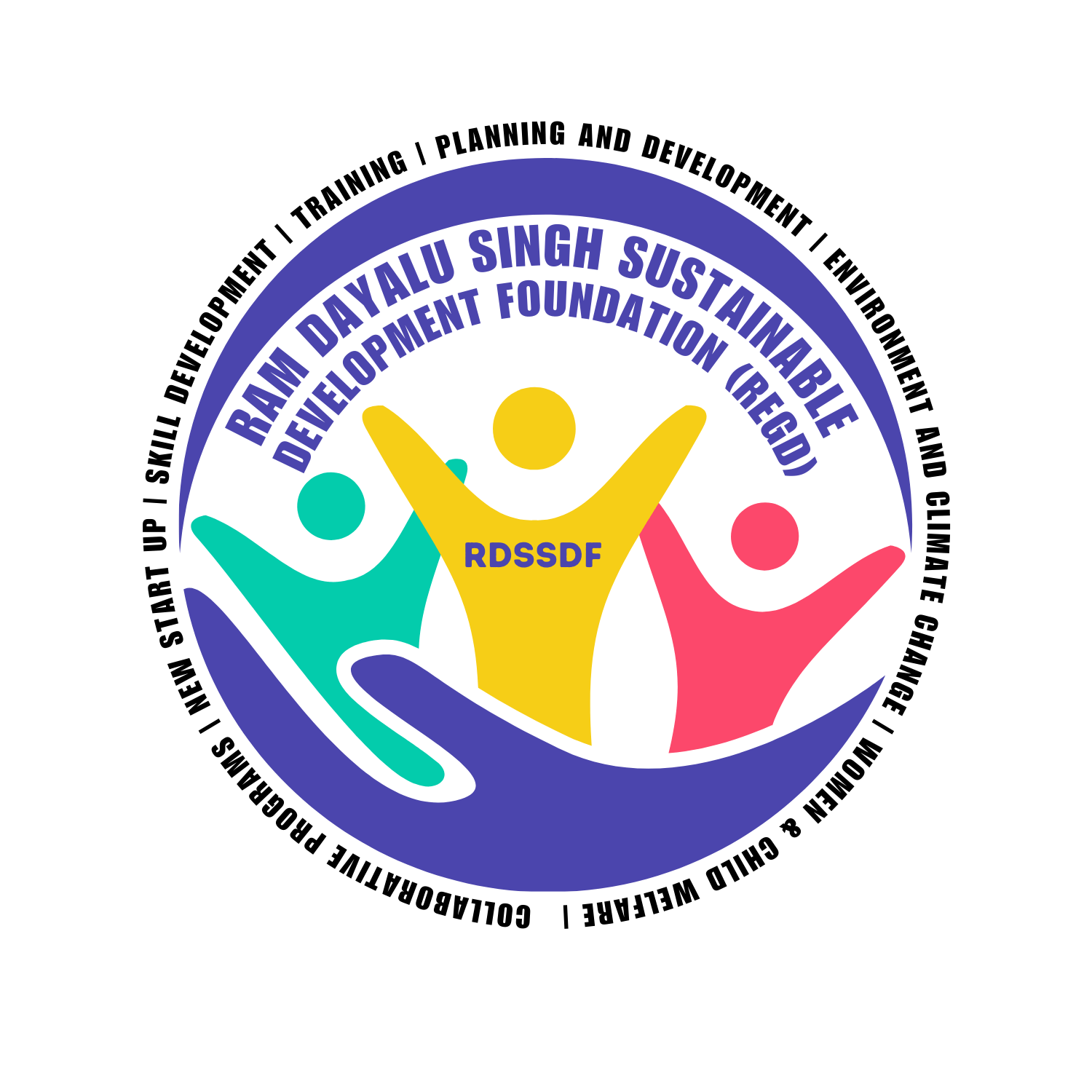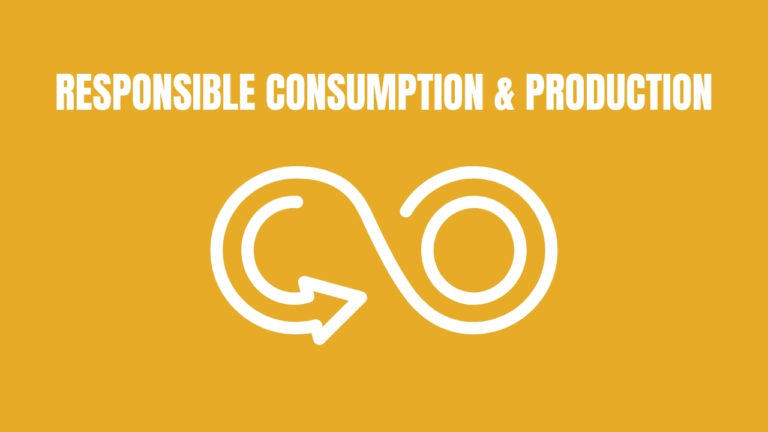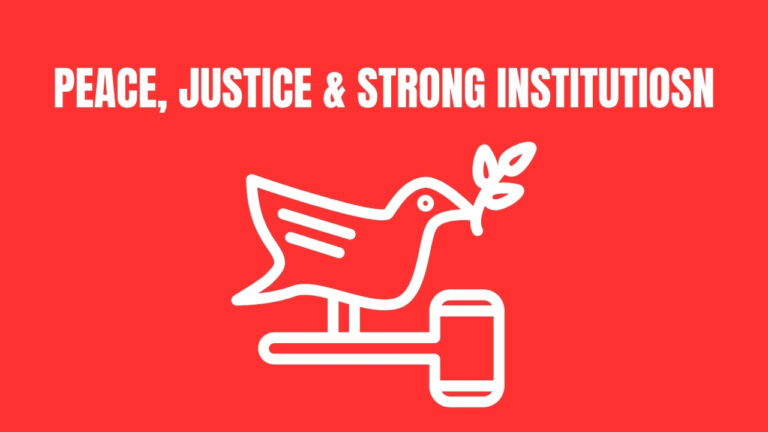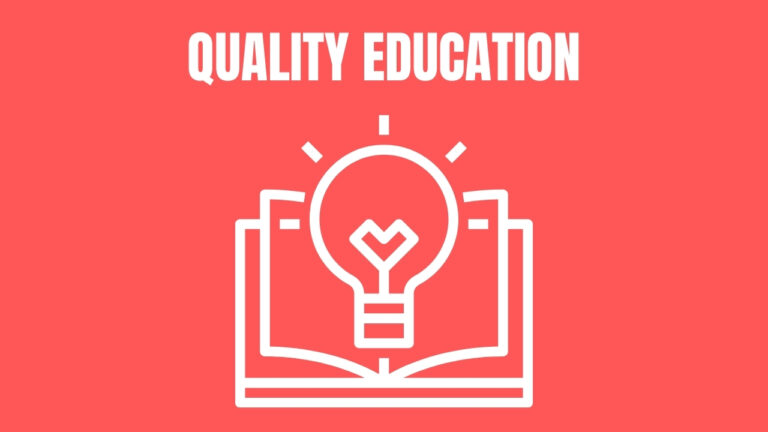Goal Overview
By 2030, protect, restore, and promote sustainable use of terrestrial ecosystems, sustainably manage forests, combat desertification, and halt and reverse land degradation and halt biodiversity loss.
Key Targets and Indicators
- By 2030, ensure the conservation, restoration, and sustainable use of terrestrial and inland freshwater ecosystems and their services, particularly forests, wetlands, mountains, and drylands, in line with obligations under international agreements.
- Indicator: Proportion of terrestrial and freshwater biodiversity that is covered by protected areas.
- By 2030, promote the implementation of sustainable management of all types of forests, halt deforestation, restore degraded forests, and substantially increase afforestation and reforestation globally.
- Indicator: Forest area as a proportion of total land area.
- By 2030, combat desertification, restore degraded land and soil, including land affected by desertification, drought, and floods, and strive to achieve a land degradation-neutral world.
- Indicator: Proportion of land that is degraded over total land area.
- By 2030, ensure the conservation of mountain ecosystems, including their biodiversity, in order to enhance their capacity to provide benefits that are essential for sustainable development.
- Indicator: Mountain Green Cover Index.
- Take urgent and significant action to reduce the degradation of natural habitats, halt the loss of biodiversity, and, by 2020, protect and prevent the extinction of threatened species.
- Indicator: Red List Index.
- Promote fair and equitable sharing of the benefits arising from the utilization of genetic resources and promote appropriate access to such resources, as internationally agreed.
- Indicator: Number of countries that have adopted legislative, administrative, and policy frameworks to ensure fair and equitable sharing of benefits.
- Mobilize significant resources from all sources and at all levels to finance sustainable forest management and provide adequate incentives to developing countries to advance such management, including for conservation and reforestation.
- Indicator: Official development assistance and public expenditure on conservation and sustainable use of biodiversity and ecosystems.
Strategies and Actions
- Conserve and restore ecosystems: Implement policies and programs to conserve, restore, and sustainably use terrestrial and freshwater ecosystems, ensuring their health and productivity.
- Promote sustainable forest management: Develop and enforce sustainable forest management practices to halt deforestation, restore degraded forests, and increase afforestation and reforestation.
- Combat desertification and restore land: Implement measures to combat desertification, restore degraded land and soil, and strive for land degradation neutrality through sustainable land management practices.
- Protect mountain ecosystems: Enhance the conservation of mountain ecosystems and their biodiversity to ensure they continue to provide essential benefits.
- Reduce habitat degradation and biodiversity loss: Take urgent actions to reduce the degradation of natural habitats, protect biodiversity, and prevent the extinction of threatened species.
- Ensure equitable sharing of genetic resources: Promote the fair and equitable sharing of benefits from the utilization of genetic resources, ensuring access and benefits are appropriately shared.
- Mobilize resources for forest management: Increase financial resources and incentives for sustainable forest management, particularly in developing countries, to support conservation and reforestation efforts.
FAO Actions to Support Monitoring
- Capacity building: Provide training and capacity-building programs for government officials, local communities, and stakeholders on sustainable ecosystem management, forest management, and land restoration practices.
- Technical assistance: Offer technical support for developing and implementing national policies and strategies for ecosystem conservation, forest management, and combating desertification.
- Research and data collection: Conduct research and gather data on terrestrial ecosystems, forest cover, land degradation, and biodiversity to inform policy-making and track progress.
- Guidelines and best practices: Develop and disseminate guidelines and best practices for ecosystem restoration, sustainable forest management, combating desertification, and biodiversity conservation.
- Awareness campaigns: Promote public awareness and advocate for the protection and sustainable use of terrestrial ecosystems through campaigns, workshops, and public events.
Conclusion
Protecting, restoring, and promoting sustainable use of terrestrial ecosystems is essential for ensuring biodiversity, combating climate change, and supporting sustainable development. By conserving and restoring ecosystems, promoting sustainable forest management, combating desertification, protecting mountain ecosystems, reducing habitat degradation, ensuring equitable sharing of genetic resources, and mobilizing resources for sustainable management, we can achieve SDG 15. Together, we can preserve the planet’s natural resources and biodiversity for the well-being of current and future generations.





 Welcome to Ram Dayalu Singh Sustainable Development Foundation (RDSSDF), a beacon of hope and progress for the sustainable development of India. As a National Level Public Charitable Trust, it is dedicated to providing comprehensive support and innovative solutions.
Welcome to Ram Dayalu Singh Sustainable Development Foundation (RDSSDF), a beacon of hope and progress for the sustainable development of India. As a National Level Public Charitable Trust, it is dedicated to providing comprehensive support and innovative solutions.